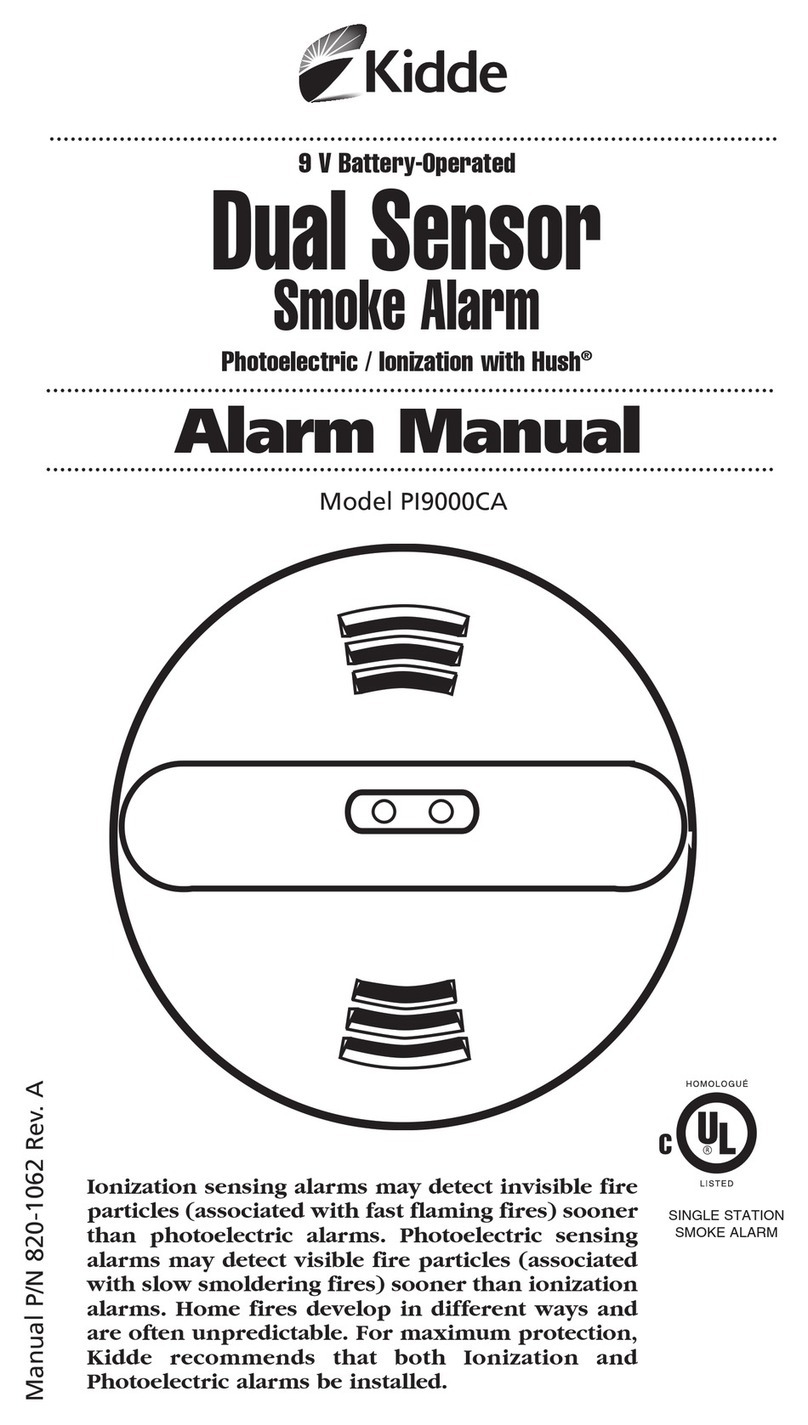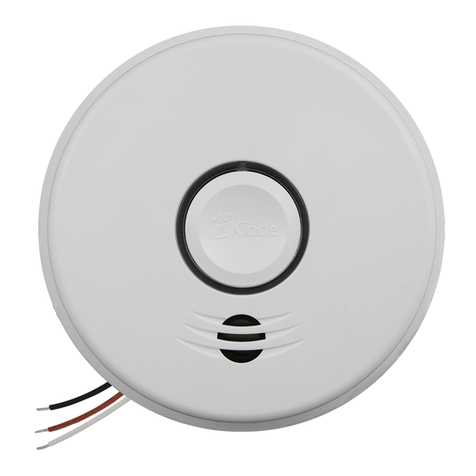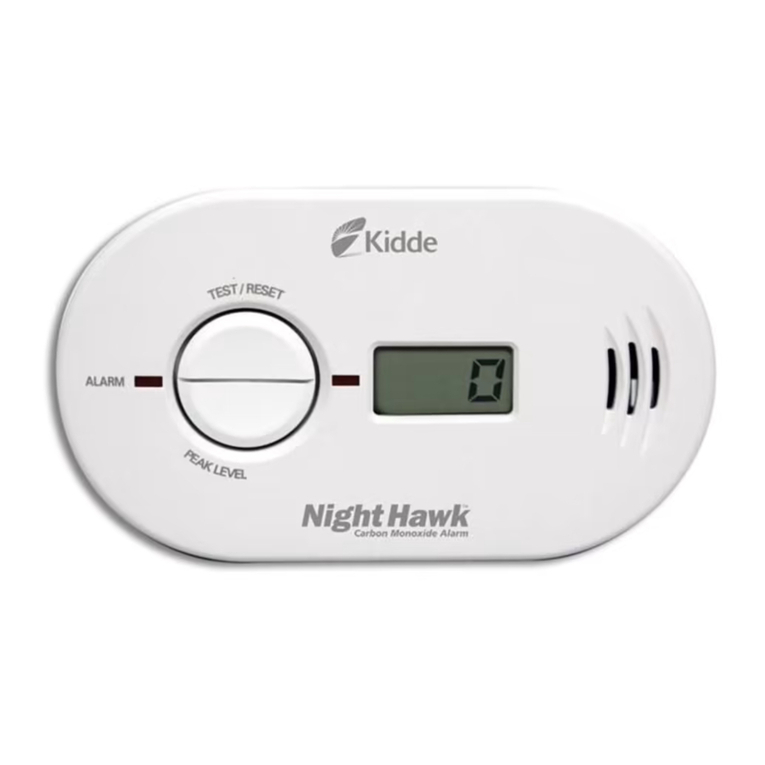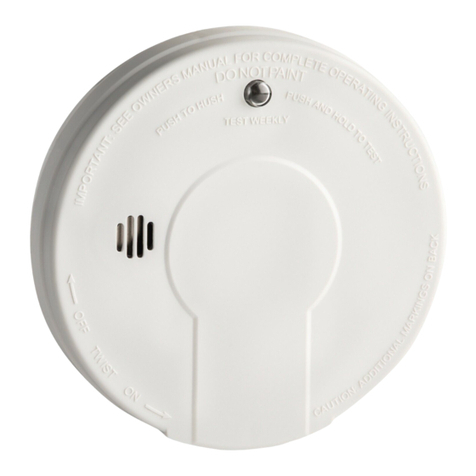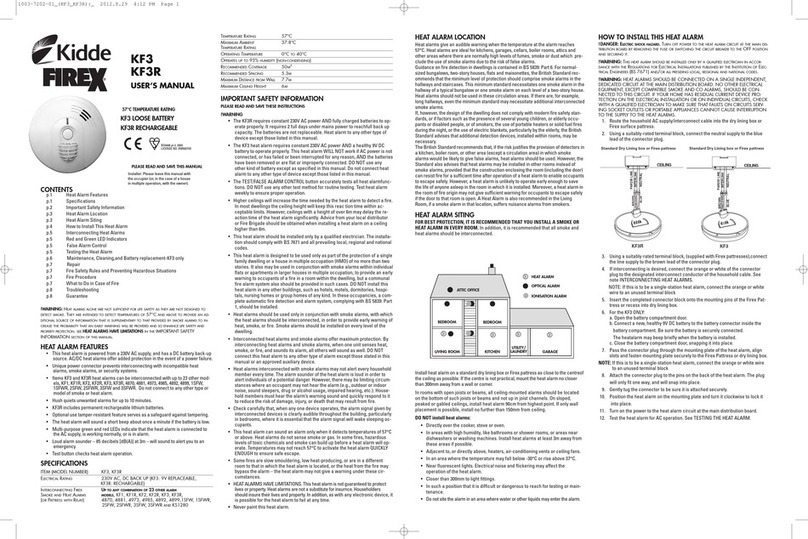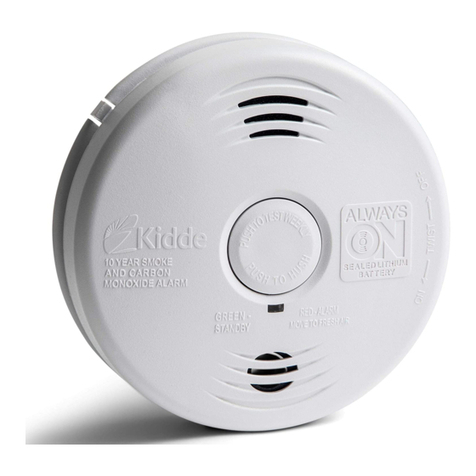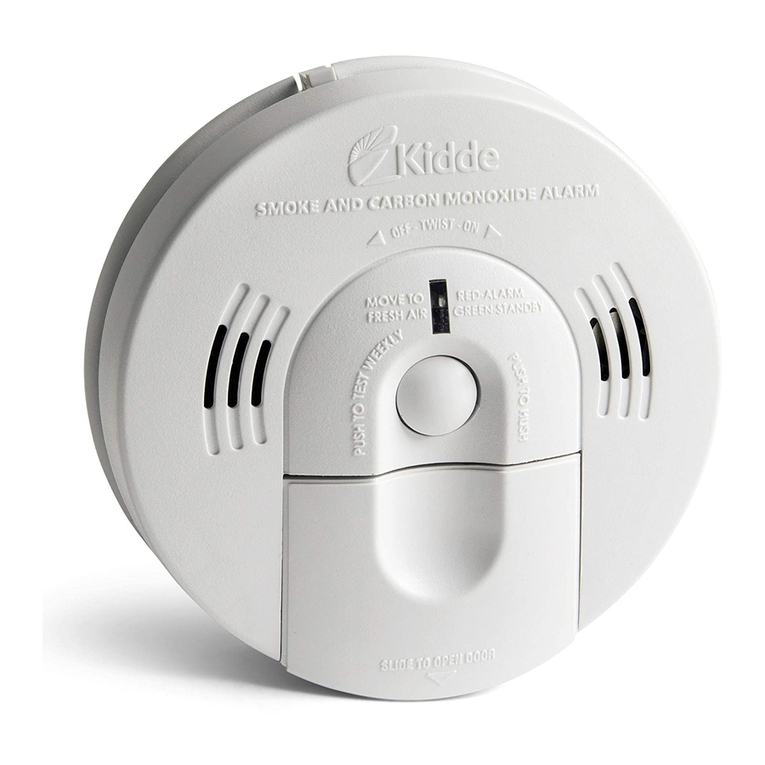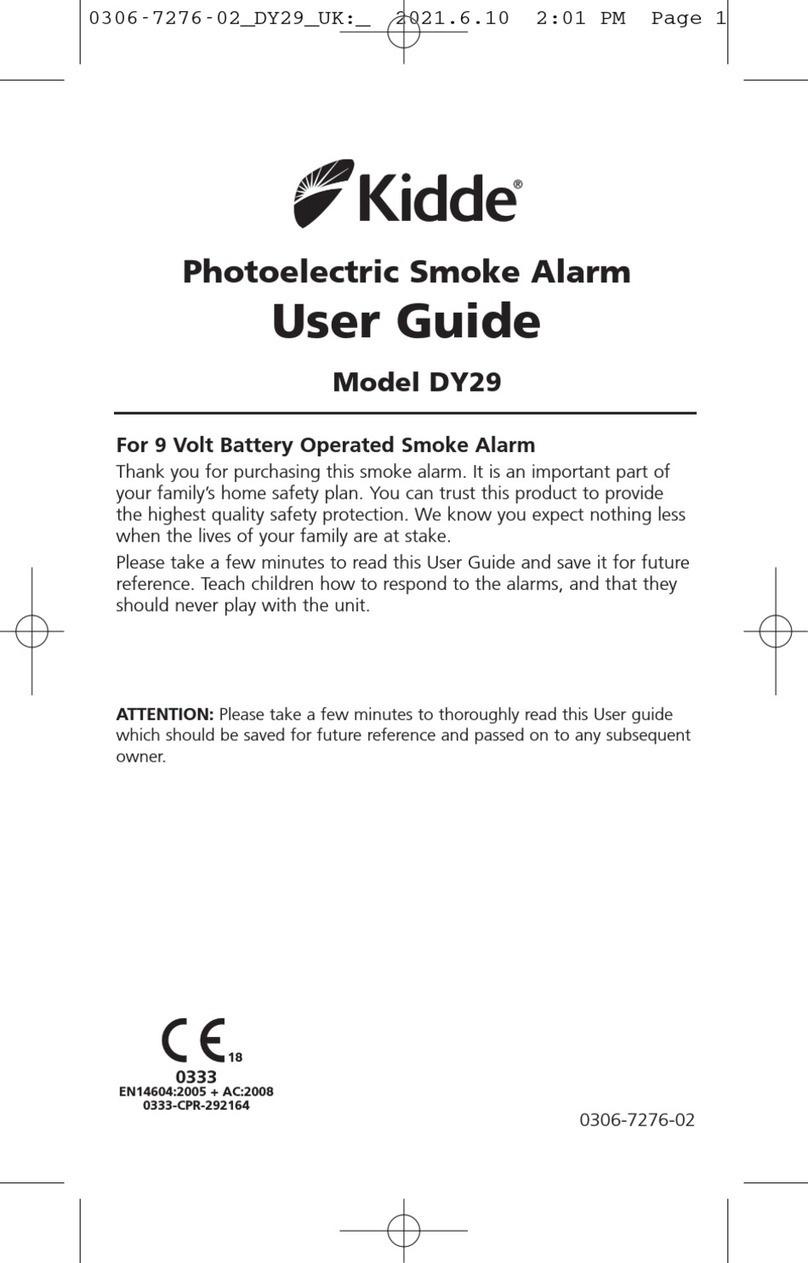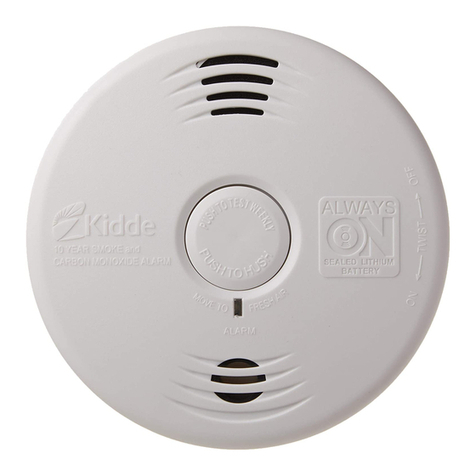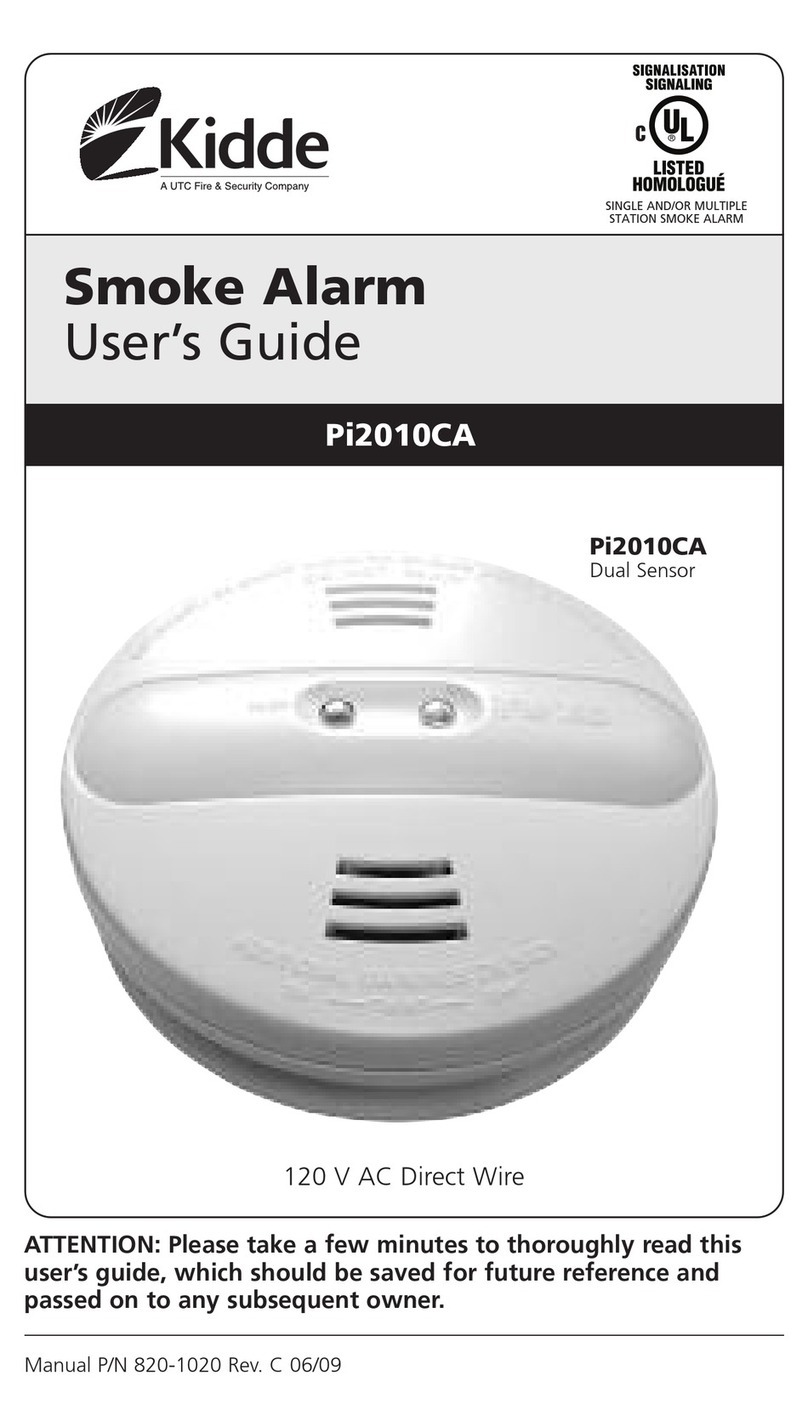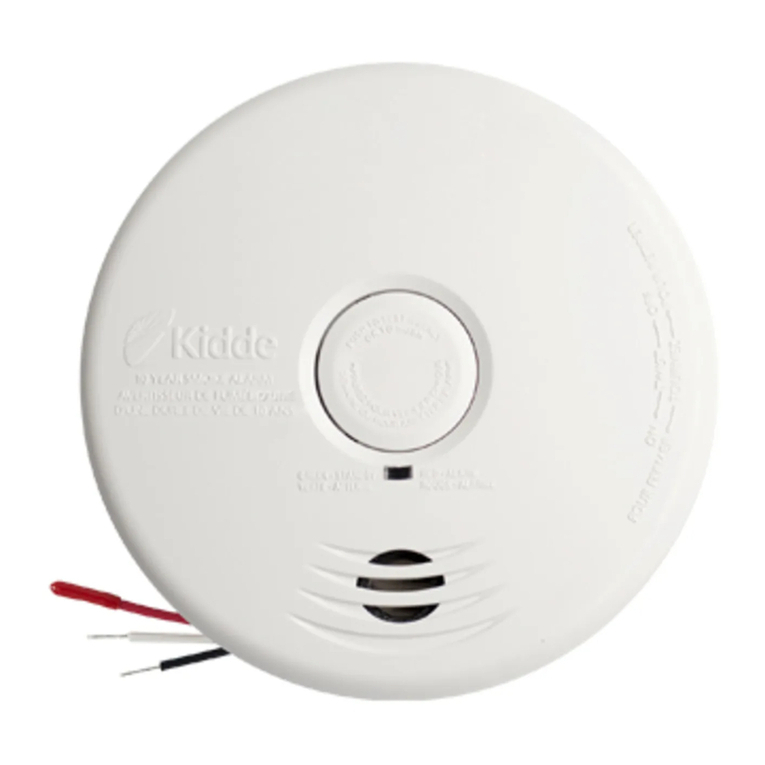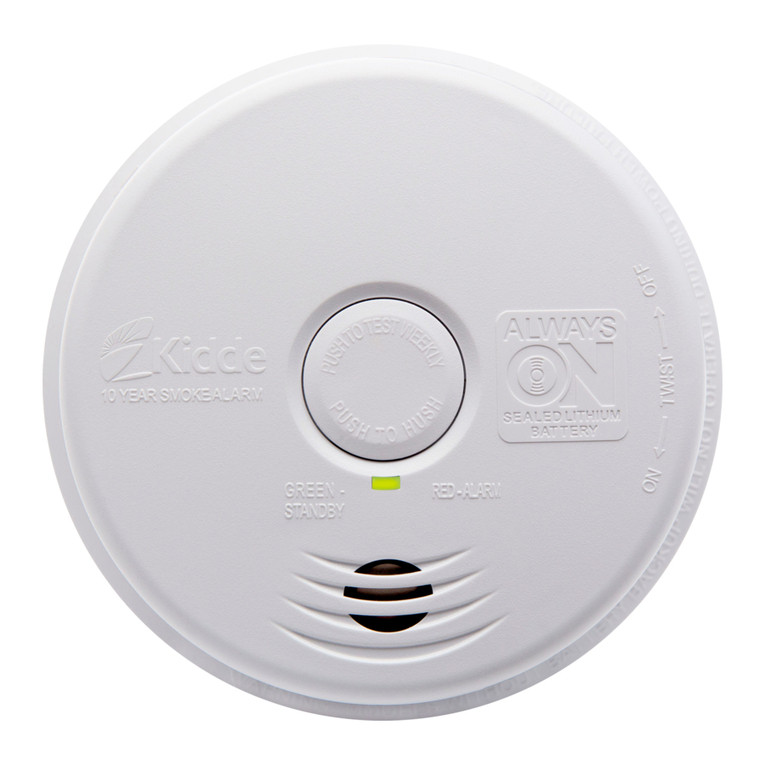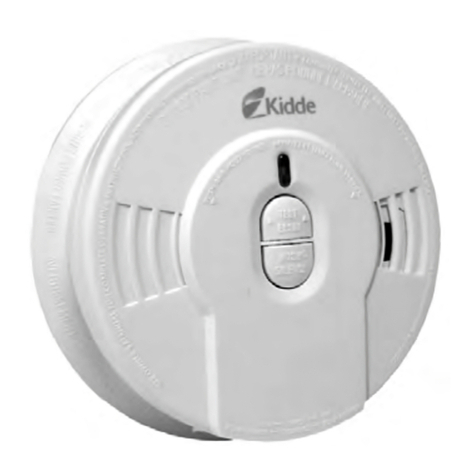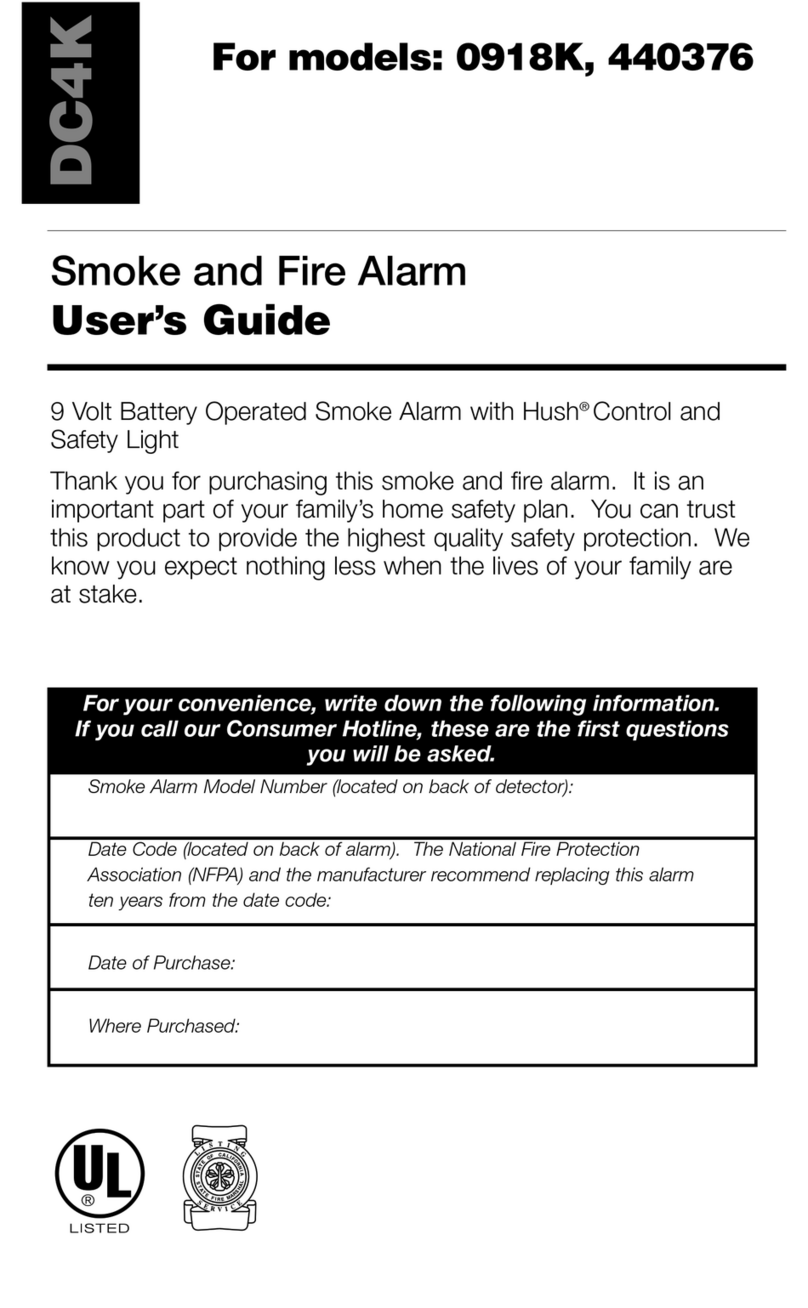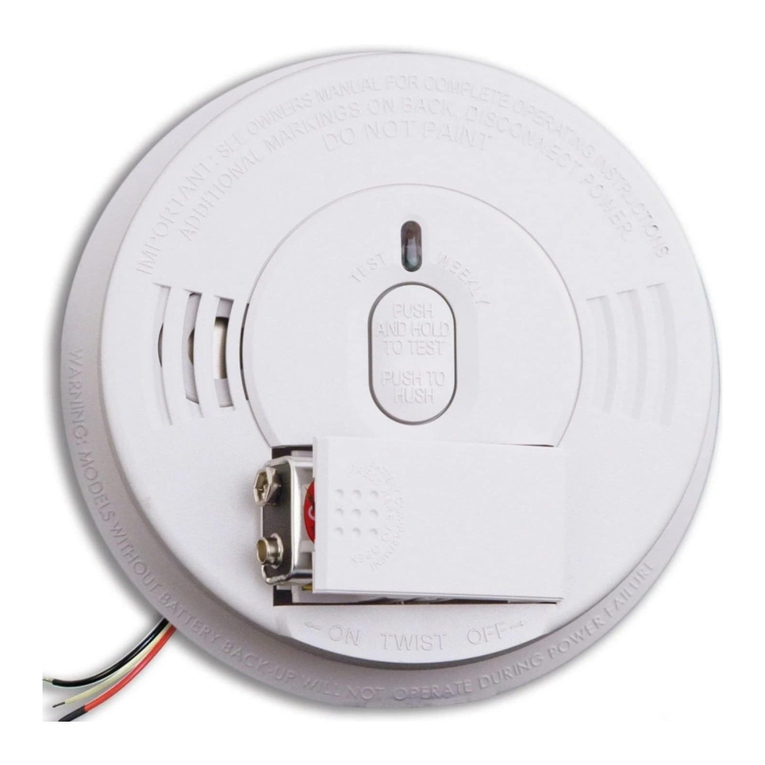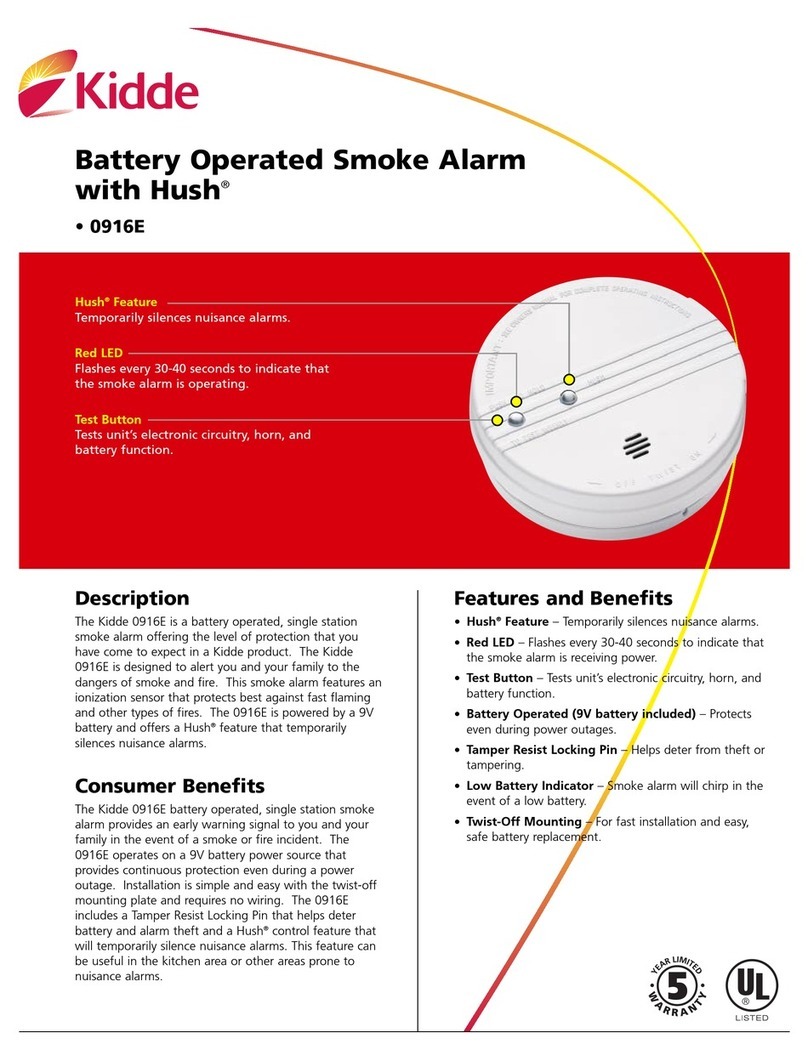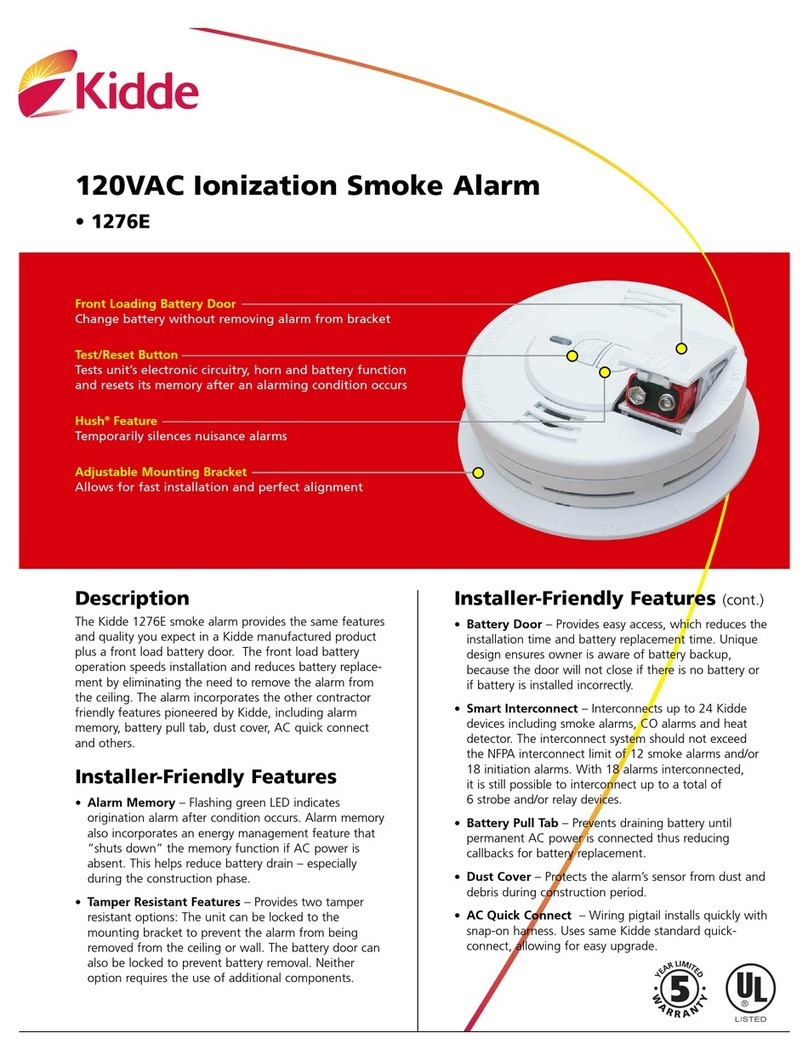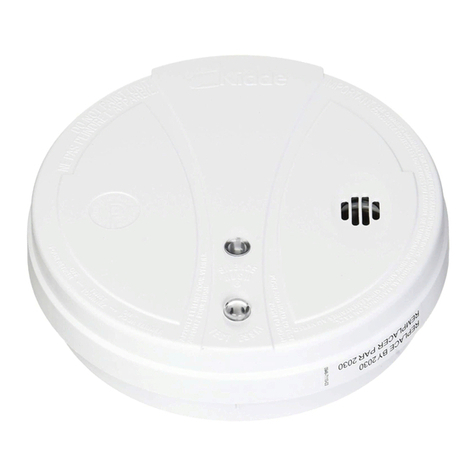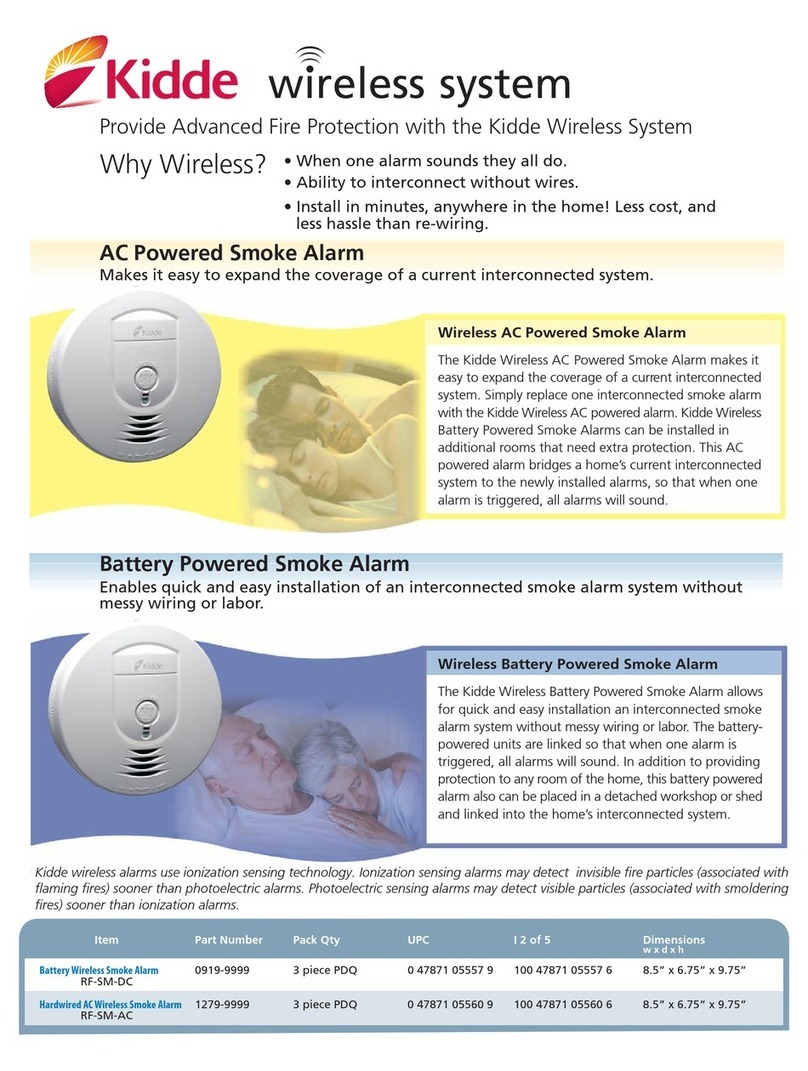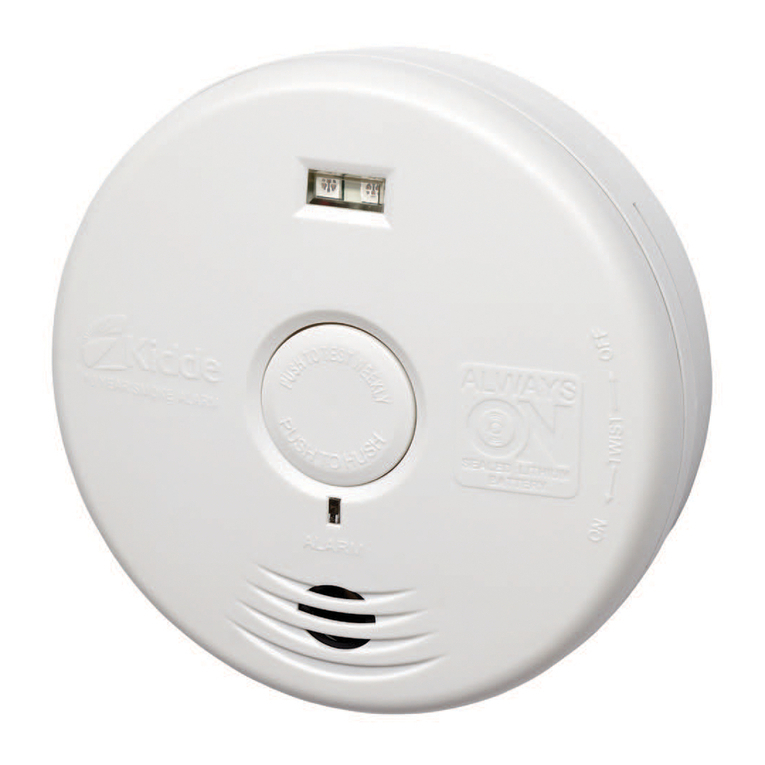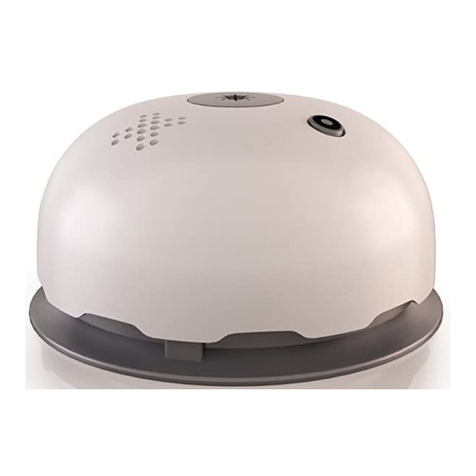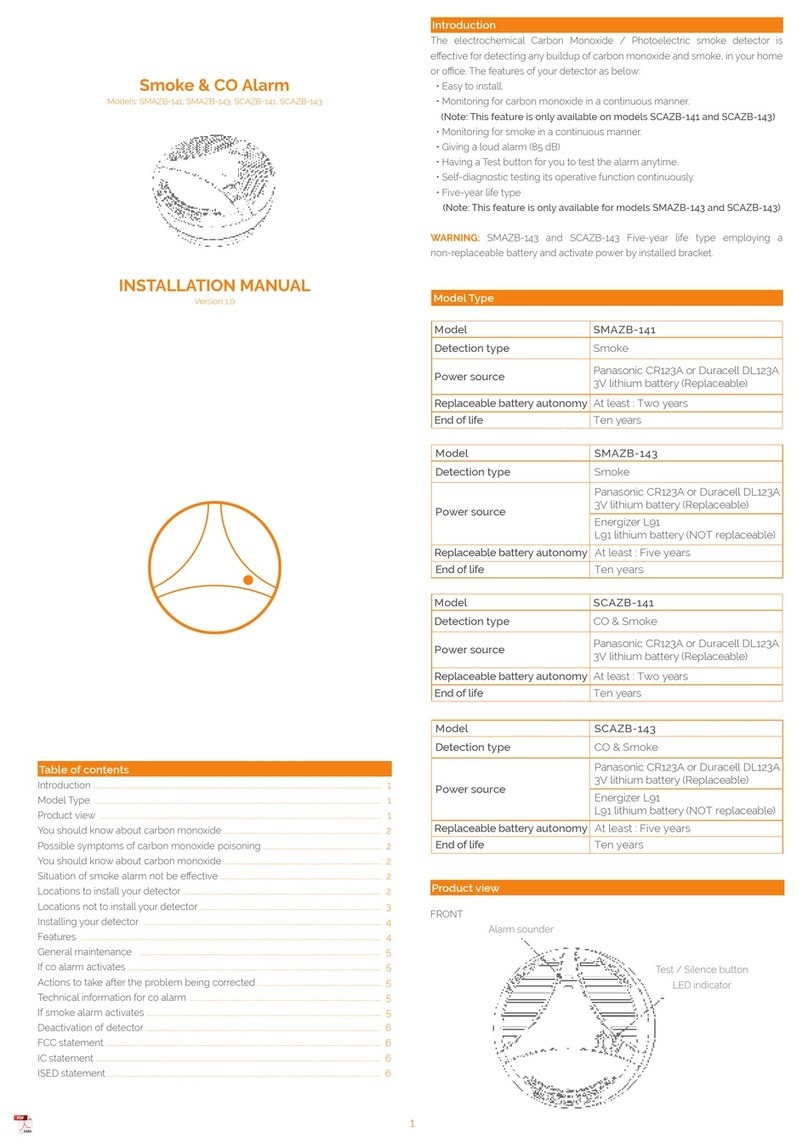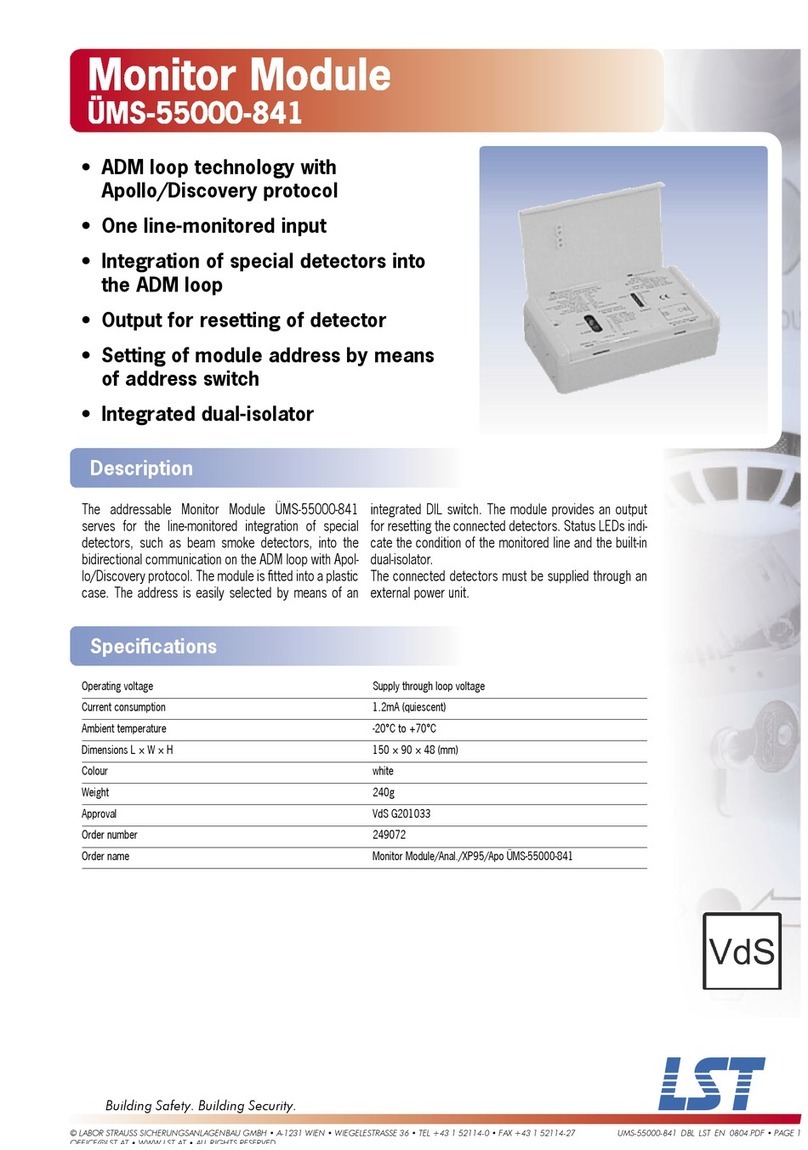Introduction ..............................................................................Page 1
Product View ........................................................................Pages 2-3
Features ..................................................................................Pages 4-7
Operating/Installation Instructions
Step 1 Installing Batteries ............................................................Page 8
Step 2 Installation Instructions:
A. Recommended Installation Locations ........................Pages 9-10
B. Where Not to Install ..................................................Page 11-12
C. How to Install ..................................................................Page 12
D. Tamper Resist Feature ....................................................Page 13
Step 3 Testing the Alarm ..........................................................Page 14
Step 4 Peak Level Memory ........................................................Page 15
What to do if the Alarm Sounds
Smoke Alarm........................................................................Pages 15-16
Carbon Monoxide Alarm ....................................................Pages 17-18
Battery Replacement ......................................................Pages 18-19
General Alarm Maintenance ........................................Pages 19-20
Carbon Monoxide Safety Information
General CO Information............................................................Page 21
Possible Sources ..........................................................................Page 21
CO Safety Tips............................................................................Page 22
Symptoms of CO Poisoning ................................................Page 22-23
Fire Safety Information
Escape Plan..................................................................................Page 23
Fire Prevention ............................................................................Page 24
Warranty and Service Information ............................Pages 25-27
Product Registration ................................................................Page 28
Details on CO alarm installation as stated in Annex B of
BS7860-1996 ................................................................................Page 29
Table of Contents
